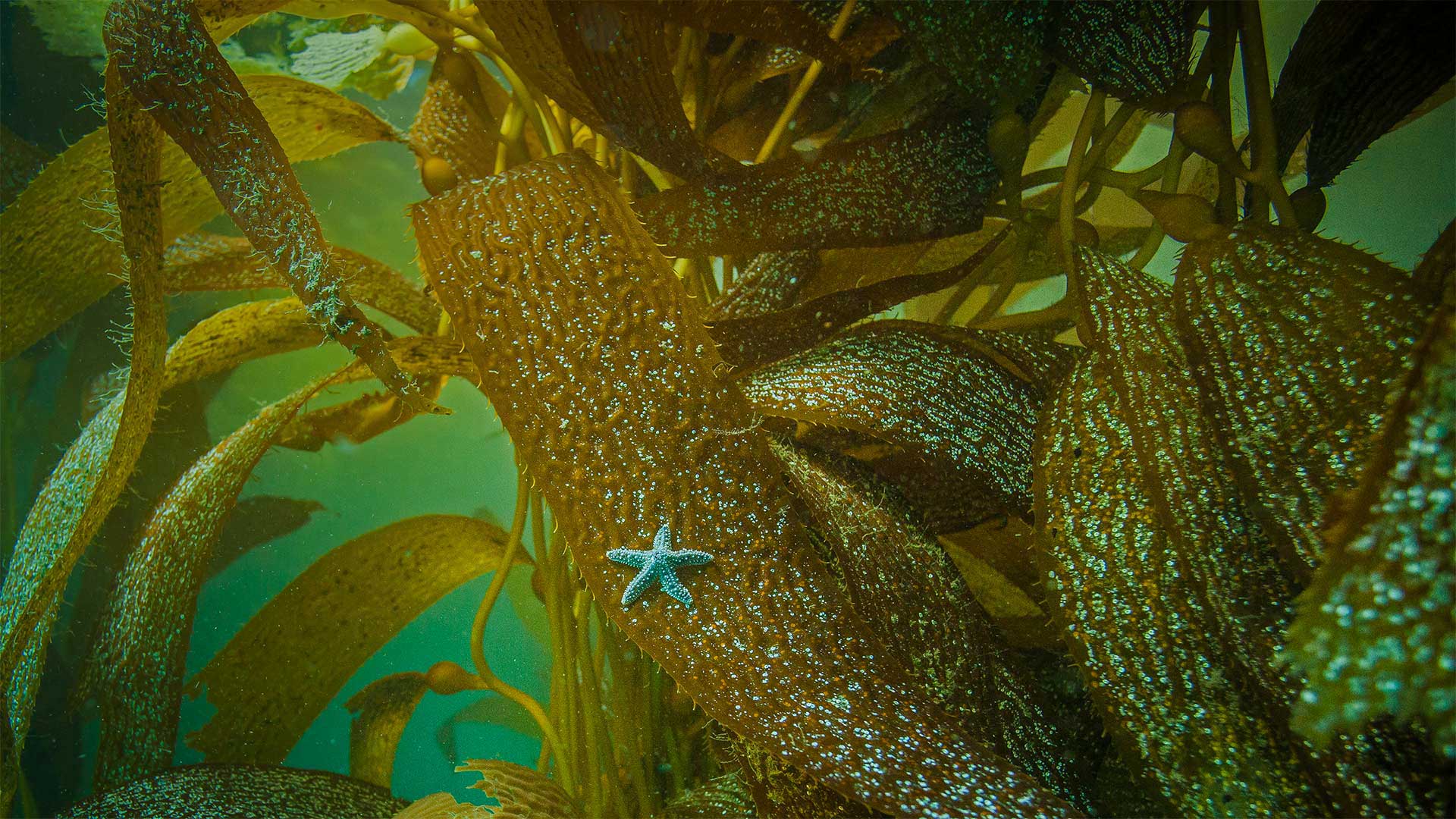Incinerators are waste management facilities designed to burn garbage and other materials at high temperatures. While incineration is considered a more environmentally friendly option compared to landfills, it still has negative effects on wildlife.
Air Pollution
One of the main concerns with incinerators is the release of air pollutants, such as carbon monoxide, nitrogen oxides, sulfur dioxide, and particulate matter. These pollutants can have harmful effects on wildlife, particularly birds and small mammals that breathe in the contaminated air. Some pollutants can also accumulate in the tissues of animals, leading to health problems.
Habitat Destruction
Incinerators require a large amount of land to operate, which can result in habitat destruction and fragmentation. This can displace wildlife and disrupt their natural behaviors, such as nesting, foraging, and mating.
Toxic Residues
When waste is burned in an incinerator, toxic residues are left behind in the ash. These residues can leach into the soil and waterways, contaminating the environment and posing a risk to wildlife. Animals that ingest or come into contact with these toxins can suffer from poisoning, reproductive issues, and other health problems.
Impact on Avian Wildlife
Birds are particularly vulnerable to the effects of incinerators, as they may inhale toxic fumes while flying through the plume of smoke. In addition, the pollutants released by incinerators can contaminate their food sources, such as fish in polluted water bodies. This can have a cascading effect on the entire ecosystem, as birds are important for pollination, seed dispersal, and insect control.
Protecting Wildlife from Incinerator Effects
It is important for incinerator operators to implement strict emission controls and monitoring to minimize the impact on wildlife. This includes installing pollution control devices, such as scrubbers and filters, to reduce the release of harmful substances into the environment. Additionally, proper waste segregation and recycling can help decrease the amount of waste sent to incinerators, reducing the overall impact on wildlife.
Conclusion
While incinerators can help reduce the amount of waste going to landfills, they can have detrimental effects on wildlife. It is important for regulators, operators, and the public to consider the impact of incinerators on the environment and take steps to protect wildlife from these effects.








